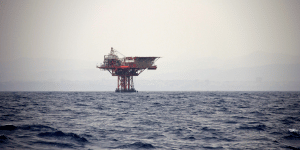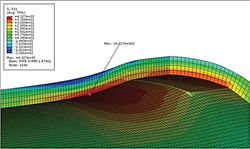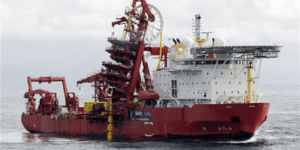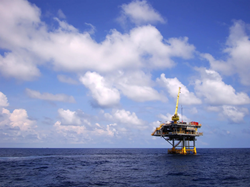
This case study looks at a project undertaken by our integrity management division in the North Sea. The project demonstrates how the expertise of our design team and operational support experience can benefit our clients.
The Problem
Our client had plans to develop several marginal fields in the Dutch sector of the North Sea which they expected to produce for approximately 5 years. Jee had previously been tasked with a CAPEX and OPEX study for this new field development, and we were further requested to carry out a flow assurance study.
The purpose of the flow assurance study was to assess different routing options, review operating pressures and temperatures, and identify potential flow assurance risks such as erosion, liquid hold-up, flow regime, sand transportation and hydrate formation.
The Solution
We carried out flow assurance studies, looking at the effects of different production profiles and compositions, and identifying the expected back-pressures and flow regime.
This study was conducted using the industry-approved Maximus software, for which Jee has significant experience in carrying out steady-state hydraulic analyses on pipelines - particularly in planning new field developments.
We then conducted a review of flow assurance threats to identify which of the flow-related issues could pose problems, and how they could be mitigated. Hydrate formation was identified as a particular potential threat, meaning some of the proposed project design options would be sub-optimal.
The solution delivered by Jee included advice on the preferred flowline routing options, requirements for methanol injection and whether pigging would be required.
The Benefits
Our experienced integrated design team provided the client with a high-value study identifying the key issues to be addressed as the project progressed through the design stages. We concluded that operational pigging was not required, enabling the use of subsea trees, and potentially saving several million dollars on the field development costs.
Jee has significant operational support experience, particularly in pigging where we advise and manage campaigns for operators around the world. This experience gives us an appreciation of practical operational issues that can be mitigated by early consideration during design.





